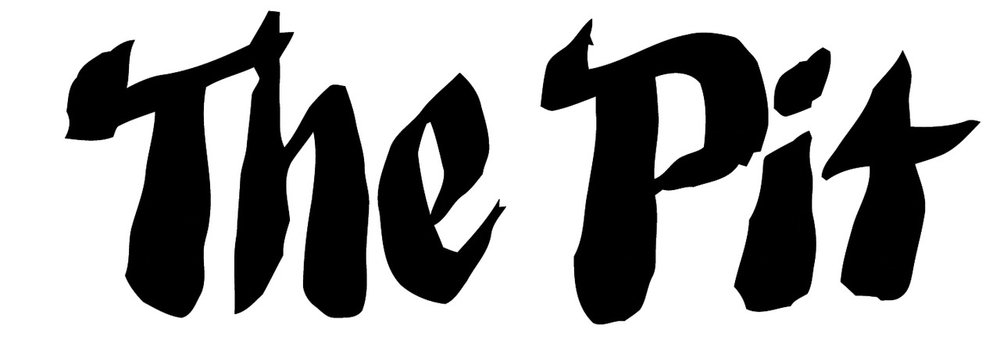LOS ANGELES — In Body Variations, Heather Rasmussen’s solo exhibit at Acme, the photographs are the main event. Thirteen of them line the walls, surrounding five sculptures and a brief looping video. Approachably scaled without feeling intimately small (they measure around 30–40 inches in their longest dimension), the photographs most clearly articulate and condense Rasmussen’s central concerns: the relationship between photographer and model, sex and the viewer, and the body as a surreal, sculptural experience.
In “Untitled (Legs and mirror #2)” (2016), Rasmussen sits on a concrete floor against a featureless wall, creating a gray palette. Her right leg is raised, bent at the knee, and reflected in a mirror she holds to create a letter “M,” while her left leg is extended along the floor. A plaster leg (which itself appears as a sculpture elsewhere in the gallery) is laid out beside her bent leg, and lined up along her straight leg is a long gourd, placed as though it were her own massive phallus; it too is reflected in the mirror. The squash becomes a sort of prosthetic, as does the plaster leg, creating an odd comingling of body, nature, and the artificial.
Indeed, in other works, one finds small human limbs attached to fruits, as in “Untitled (Studio cornucopia Self-Portrait)” (2016), which features a tiny metal leg extending from a Buddha’s hand fruit. It might sound monstrous or highly sexualized, but Rasmussen’s arrangements are refined enough that these associations are held at bay. Her feet are pointed, her limbs held with strategic elegance; no part of her is left slack. Her face is always hidden, the calculation of someone who understands the body’s plasticity. Despite being two dimensional, her pictures’ cool formality makes them feel more sculptural than the actual sculptures in the gallery.
In “Untitled (Three legs and a squash in mirror, yellow)” (2016), the background is the color of butter, the blue blanket Rasmussen sits on resonates with a turquoise ring on her finger, and the blanket’s green trim sings out to a similarly hued melon in the bottom right corner (as well as to its reflection). Rasmussen is adept at making a simple palette into a precise context for a pose, highlighting the flesh of her limbs while avoiding distracting detail. In three cases, she has photographed the pattern of a pillow or blanket supporting her body and enlarged that pattern to create a backdrop. This strategy extends her use of doubling beyond her own figure into the surrounding environment.
That Rasmussen herself is the model in these works is astonishing, given that she’s also the photographer and her pictures depend upon a dead-on handling of the mirror. In two cases you can see her hand subtly holding the remote shutter release, and one photograph even shows us the camera reflected in the mirror, but I nonetheless imagine her behind the lens, giving instructions to a model until limbs and mirror are angled just right. In “Untitled (Legs and mirror #1)” (2016), the artist’s toes are perfectly placed to hide her sex, but Rasmussen could not have seen the image until she’d already taken it. All of this speaks to her high level of control, as well as an exacting awareness of her body in space, which likely comes from being a former dancer.
Artists René Magritte, Hans Breder, and Ujj Zsuzsi are key influences for Rasmussen, and of the three, Breder seems to be the most direct source in his use of nudes and mirrors. Yet Breder often placed the female figure in nature, sometimes showing her head and face, occasionally her crotch. These choices, combined with Breder’s more informally posed bodies, imbue his photographs with an eroticism that’s sublimated in Rasmussen’s work. In addition, the power dynamic between Breder and his models is a significant subtext in many of his pictures (artist Ana Mendieta was his pupil and lover, and frequently posed for him), a problematic trend that Rasmussen rejects by working alone.
In fact, Rasmussen’s art puts me more in mind of Hans Bellmer and Joan Jonas. The former used mannequins to create corporeal grotesques, commonly involving symmetrical arrangements of legs emerging from both sides of a torso. Jonas has employed mirrors in her performances to reflect viewers back into their own field of vision, forcing an awareness of the gaze within the dynamics of representation. In Rasmussen’s hands, the body (along with squashes and melons as sexual proxies) becomes cool and uncanny, an allegory of desire: the flesh is present but the genitals, or the full individual with whom we cathect, remain absent. She casts the figure as a locus of dreams, fantasy, and confusion. In this sense, Rasmussen’s pictures are the antithesis of selfie culture, a plausible antidote to the flood of images we take of ourselves. I can’t go anywhere without stumbling across some young person posturing suggestively for a photographer hired to snap pictures for their Instagram, in what I assume to be an effort to build enough followers to gain sponsorship. These shots are like enhanced selfies (or professional selfies?), in which self-promotion is monetized. Though ACME is a commercial gallery, Rasmussen’s work suggests that her integrity, at least, is not for sale.





